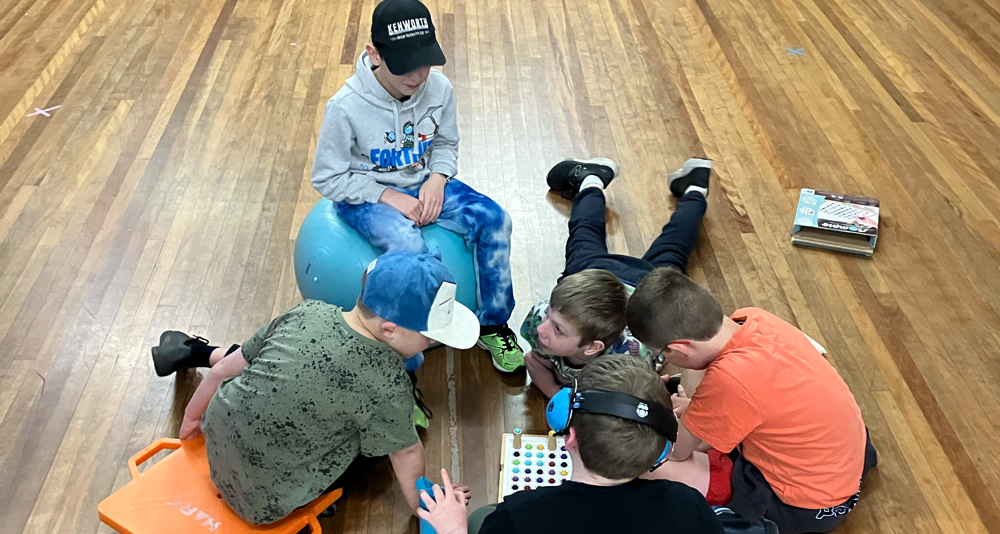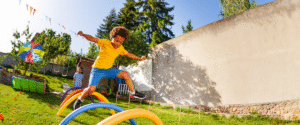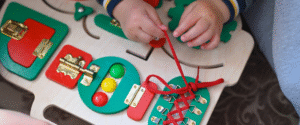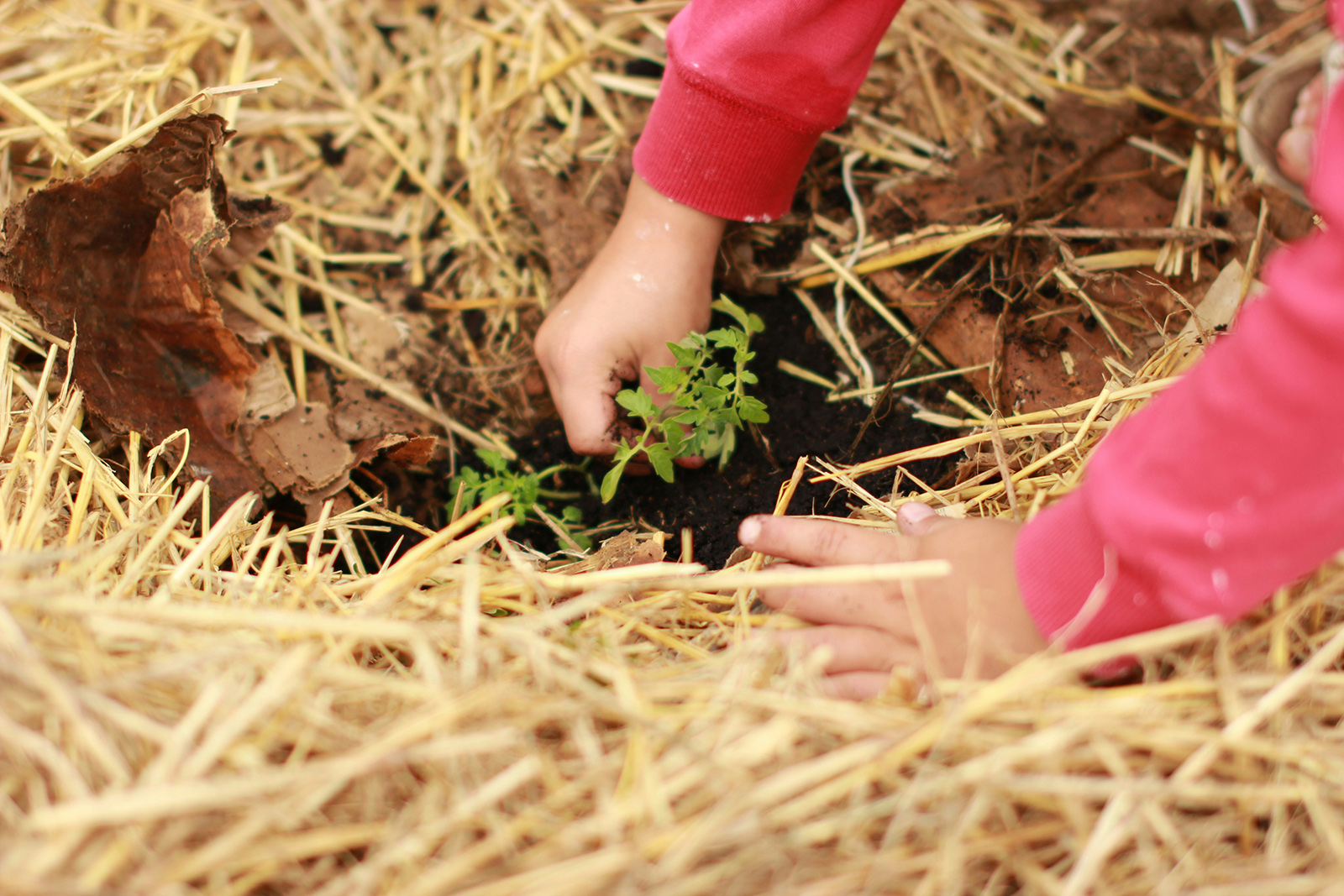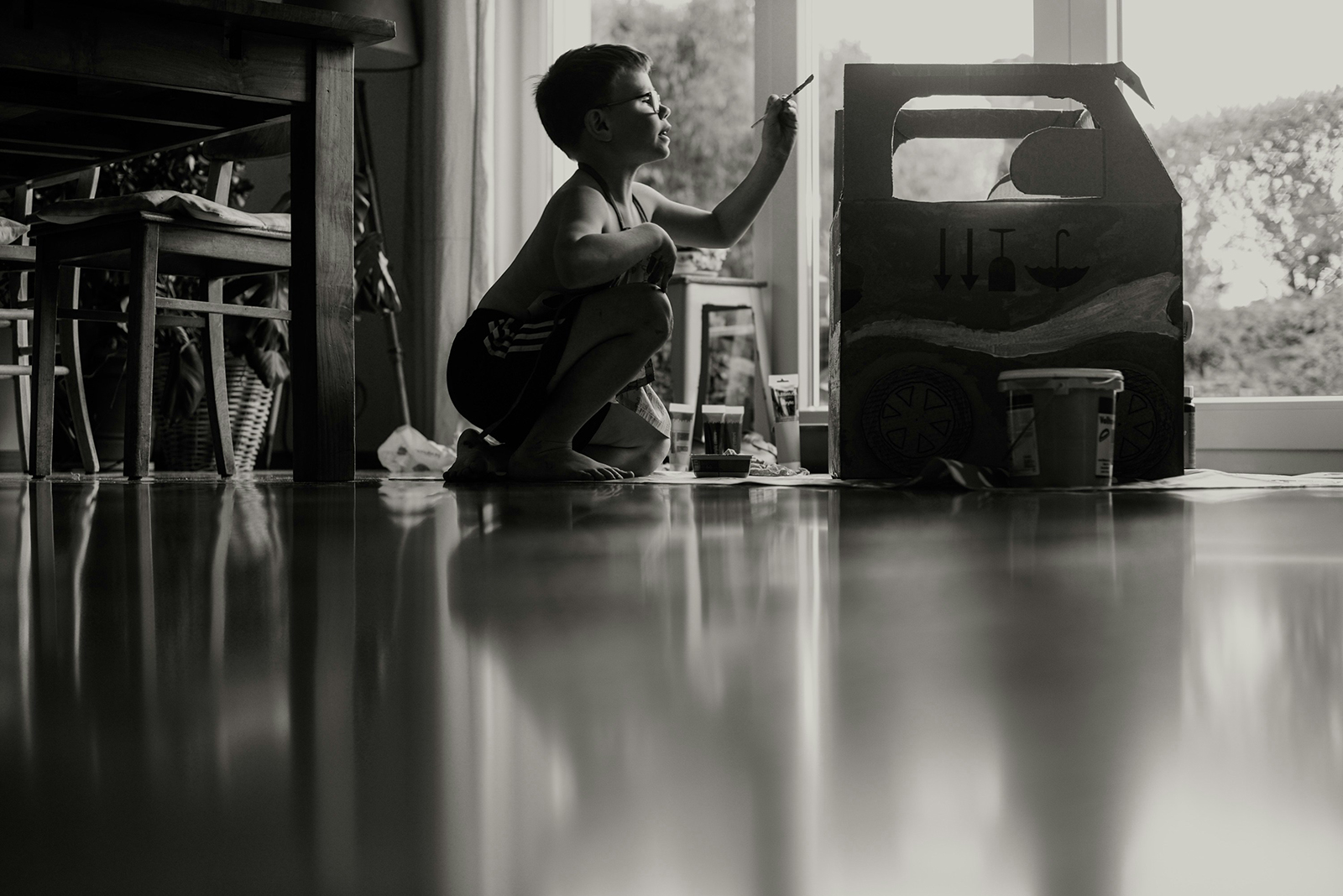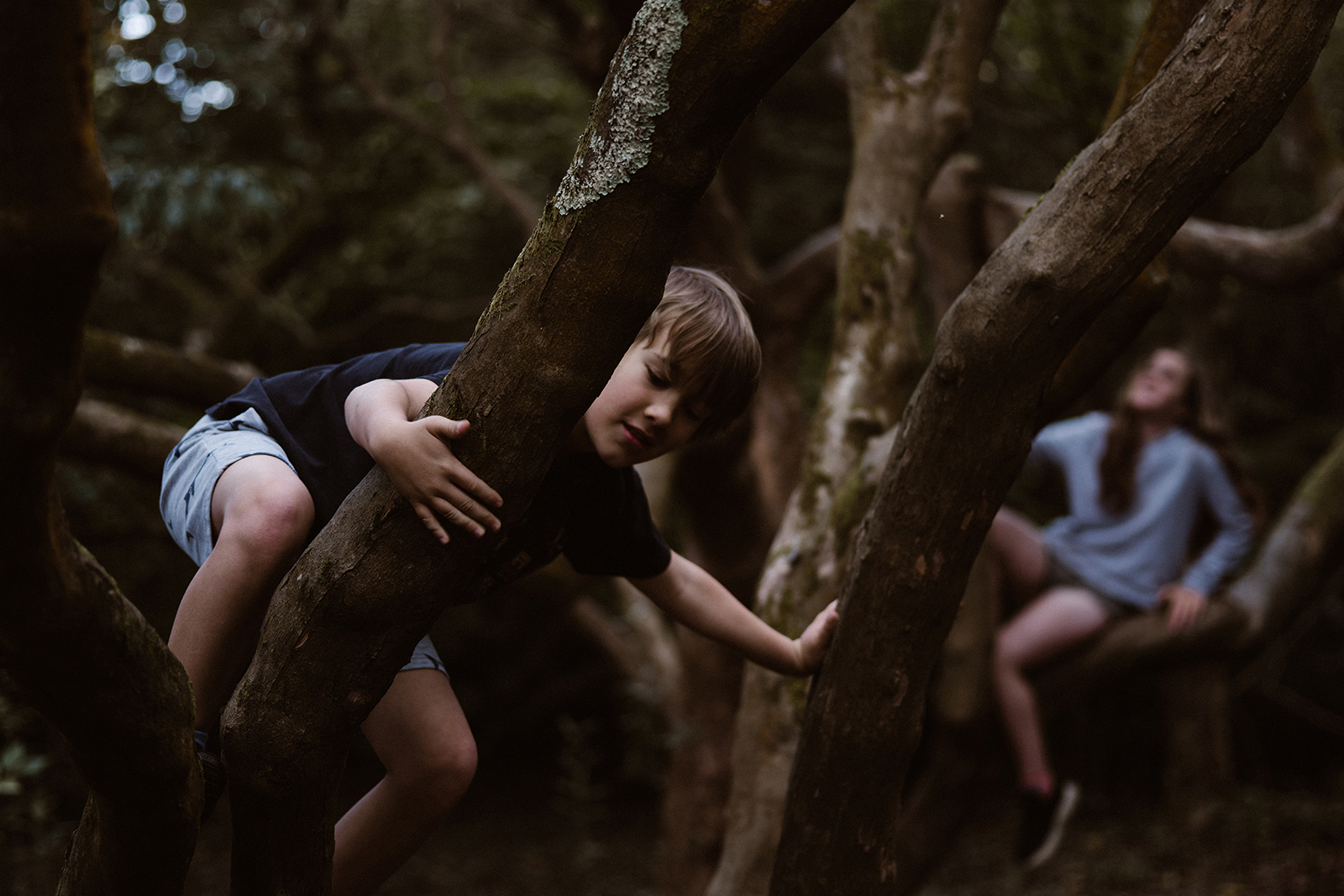
EMBRACING TRANSITIONS AND GROWTH:
A YEAR OF LEARNING AND ACHIEVEMENT
Embracing Transitions and Growth Fuels Our Success!
As we approach the end of the year, it’s the perfect time to reflect on the incredible journey we’ve shared. All I can say is, “What a year it has been!”
It was a year of exploring ways that we transition throughout our lives. From significant life changes such as transitioning into adulthood, moving homes, transitioning into a new school year (especially Kindergarten or year 7), starting new careers, trying a new sport, or managing health conditions to the everyday transitions we experience, like transitioning from home to school, catching the bus, transitioning from playtime to dinner, or switching off technology devices. The list is endless.
Every transition, big or small, contributes to our growth and learning.
By embracing transitions and growth, we develop new skills and gain valuable experiences at each stage of life.
Celebrating Success in Life Transitions
At Explore and Soar, we understand that embracing transitions is essential for both children and their families. Each step forward is a sign of progress.
What truly stands out this year is the unwavering support from parents and caregivers. Your dedication, love, and hard work in helping your children navigate these transitions have been truly inspiring. The effort, persistence, and love you pour into supporting your children as they reach their goals is a beautiful sight. We’ve witnessed the joy and pride on their faces as they master new skills – a testament to your hard work. We also recognise the challenges you face, and in those tough moments, please remember – we see you, we hear you, and we are here to help!
Explore and Soar: Growing Together
This year, Explore and Soar has expanded its horizons! We introduced a fresh new look and broadened our age range to better support clients transitioning from school to university, work, or community life. We were also thrilled to open our new space in the Kurri Kurri clinic for therapy sessions when home or community settings aren’t ideal.
These transitions wouldn’t have been possible without the collaboration and commitment of our families and, most importantly, the continuous work of our dedicated team, who tirelessly support these transitions and consistently assist our families in new and evolving ways.
End-of-Year Celebrations & Transition Ahead
As we wrap up the year, the Explore and Soar team celebrated with a joyful Christmas party, creating beautiful macrame pieces and enjoying a delicious dinner. We had so much fun!
We also held our Annual Reflections and Projections Day, where we identified our achievements and worked toward an actionable plan for the new year. It was a wonderful opportunity to connect, share ideas, and commit to growing together as a team while continuing to support each other, our families, and our communities.
Important Dates: Holiday Closure & Upcoming January School Holiday Programs
At the end of each year, our team takes a well-deserved break to rest, recharge, and spend quality time with our families and friends!
This year, our Christmas closure will begin at the end of business on Friday, December 20th. We will return with our January School Holiday group programs starting Monday, January 13th, 2025!
If you’d like to join our January programs, be sure to secure your spot today! These fun and engaging programs will run from January 13th to 17th and again from January 20th to 24th, 2025. We cannot wait to see you there. Click here to see more about the programs and secure your spot!
Looking ahead to the new year, embracing transitions and growth will remain a central focus at Explore and Soar.
Until next time, we wish all of our Explore and Soar family a joyful Christmas break filled with quality time with loved ones, sunshine, and relaxation. Look after yourselves, and we can’t wait to reconnect in the New Year and continue this journey together!
Wishing You a Merry Christmas and a Happy New Year!
Until next time,
Jess and the Explore and Soar Team
PUBLISHED DECEMBER 2024


